Bad marketing is, most of the time, simply bad strategy. For instance, it might be tempting to think that all you need to succeed today is a strong social media presence and fan base. However, that would be a huge mistake on your part, strategically. Sure, social media might be a good place to promote a product or service, but there isn’t really any return on investment on that promotion, as Facebook users simply don’t engage with brands. What you really need is an interaction environment where users actually participate in an exchange with your content, much more likely to result in action on their part.
The most recent tactics and technologies might not necessarily be the most effective, as evidenced by the recent door-to-door sales revival. Of course, we’re not suggesting you drop everything and start traveling to the door of every customer you’re interested in. But going back to basics in some areas is likely to be a winning strategy. For instance, tools like BrandMentions might be the right solution for that.
Rather than send out messages in all directions through a variety of platforms, focus on building a network and convincing people of the value of your product or service.
This is where outreach techniques comes into play. Outreach can be roughly defined as contacting people (whether it’s by email, social media or face-to-face) in order to persuade them to share, promote or simply read your post. Of course, some posts are easier to market than others. An interview or a list, for instance, are more likely to be attractive based on content alone. But your strategy should include outreach for a variety of posts, not just the ones that already have mass appeal.
So let’s look at 3 types of outreach techniques with a new spin: how monitoring your mention can help you in case you decide to go with a specific approach or not? And as a bonus: will the technique work if you’re an up-and-coming start-up?
1. Skyscraper Technique (Classic Approach)
One such strategy is called the skyscraper technique and consists of a few easy to follow steps.
First, you need to build yourself a list of influencers: blogs and websites which are relevant for your niche and which attract not only a large number of visitors but also a great amount of interaction from those visitors. Get as many details as possible, not only about the site title, URL and corresponding accounts on social media platforms, but also about the numbers of comments and shares their posts usually get.
Let’s say, for instance that we’ve just started a business in the vegan restaurants area and we want to find as much as possible on this topic. BrandMentions is the simple fix for that. With a simple search we can get an overall idea of this niche, based on the number of mentions, the type of articles written in this area, the influencers, the blogs that post articles on this subject and so on. For instance, we’ve found out that in the last week alone there were 278 mentions for “vegan restaurants”; this should be good news as the area we are interested in seems to rise interest of many others. We can learn a bit more about our competitors but most important we can learn to whom and where we should concentrate our outreach efforts: the influencers.
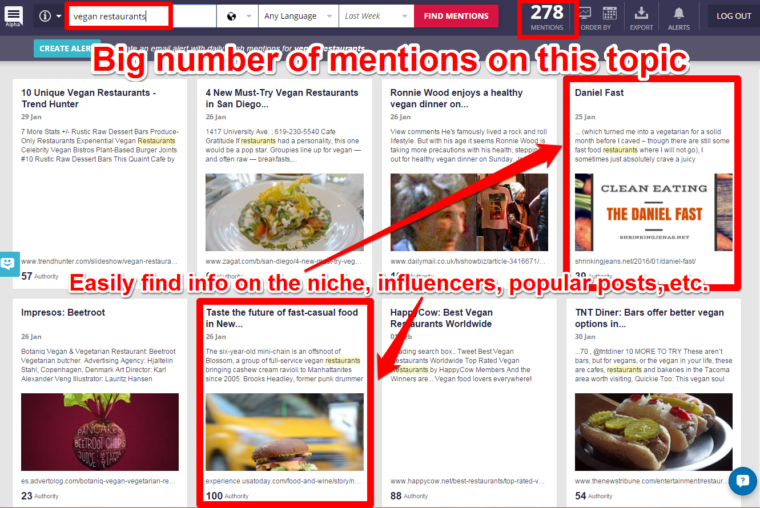
Screenshot taken from brandmentions.com
Next, you should try to map out the types of posts which get shared by these influencers. Try to figure out the characteristics of a content piece that they might be interested in. Write down specific examples. Once you’ve done this, the actual work part comes in: build better content about the same topic. Bulk up the original content with more breadth or depth. Once you’ve created it, approach the influencers and let them know about your post. Just make sure to keep these emails as short as possible and give the influencer a good reason to share your post.
Kissmetrics has a very detailed tutorial on how to do this, with an account of the results:
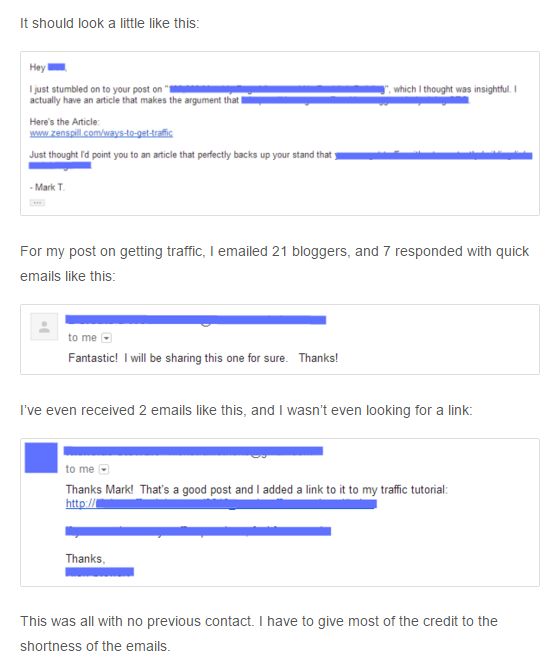
Screenshot taken from https://blog.kissmetrics.com/influencers-who-want-your-content/
And if you follow this example closely, you’ll understand why it’s called the skyscraper technique. You start off with a very powerful foundation – the list of influencers (21 in this case) –, go up to building a fairly strong middle (7 positive replies) and end up with a very thin top (2 shares).
If you think about it in relative terms, 2 out of 21 doesn’t seem like a great success rate (barely 10%), but in absolute terms, it’s 2 more shares than you would’ve had without this technique.
And even though quantitatively it might seem low, it can definitely compensate qualitatively if it brings you quality users.
How can mentions monitoring help you? A web monitoring tool can go a long way in helping you. It can be useful in finding the influencers, finding the topics to write about and even finding content which will help you improve on those topics. It won’t send the e-mails for you, but you also don’t want that (that’s the personal part).
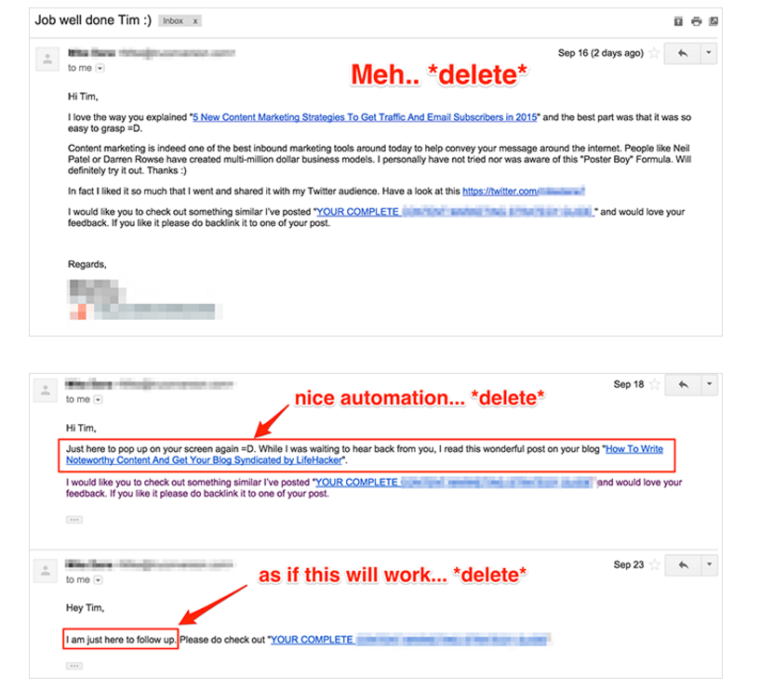
Screenshot taken from https://ahrefs.com/blog/outreach/
Is it a good technique for a start-up? It might be the best approach in the beginning. It relies on heavy work and it can be productive even if nobody knows you. The one thing you need to make sure of, however, is that you make communication personal and don’t just settle for an automated mail listing.
2.Building a Relationship (The Interpersonal Approach)
You’re not just building a skyscraper for a one time party, to sim abandon it afterwards. Once you’ve gotten a positive response from a blogger, try to stay in contact. This means following-up on questions, saying “thank you” for a mention or even a positive appreciation and responding in kind. This means you need to stay on alert about any new mentions you receive and get in touch with people who mention you as soon as it happens.
Venchito Tampon offers examples of such conversations which, while ultimately interested exchanges for both parties, also prove to be more than that: a genuine interaction between professionals:

Screenshot taken from http://digitalphilippines.net/blogger-outreach-strategy/

Screenshot taken from http://digitalphilippines.net/blogger-outreach-strategy/
Building and maintaining a relationship also means that you learn more. You don’t really know why someone hasn’t linked to your article although you feel like they should have. Maybe it was a simple oversight, or maybe they had a specific reason for which they chose not to link to you. Either way, you have something to gain if you reach out to them.
Make sure you are as natural as possible. Even if you do mailing automation, make sure that all the set up is correct and you’re not mixing up names, companies, etc. Don’t write emails that start with “Dear company owner” or “Dear sir/madam”. Make sure your mail and signature are clear and grammar proof. If you use electronic signatures, take good care and make sure everything is sending correctly. Here’s a guide on electronic signatures you can get inspired from.
You wouldn’t want to go to a job interview not knowing a thing about the company you are interested in. Same thing applies when it comes to outreaching. The outreach process can sometimes be seen like a pitching one; this is why, knowing as much info as possible about the other person’s field of interest, recent events attendances and so on might be highly important for you. For instance, if we wanted to find out Aleyda Solis latest interests, we can easily check it out and use that info to our own advantage.
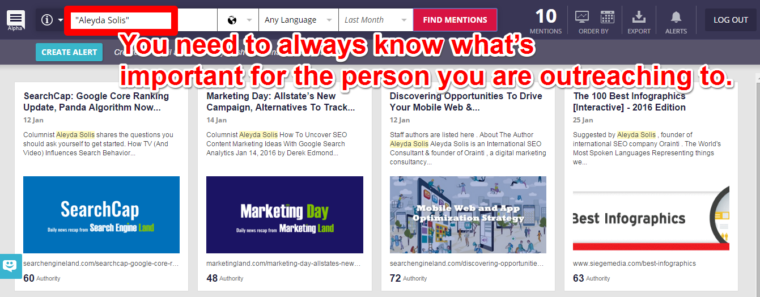
Screenshot taken from brandmentions.com
How can mentions monitoring help you? To be able to maintain a good professional relationship, you need to always know what’s important to the other person. That’s where BrandMentions can be of use, by allowing you to always check who’s been recently mentioned and who’s been mentioning whom.
Is it a good technique for a start-up? It’s probably the best strategy for a startup, because it means you try to take advantage of every door that opens to you. Though it could look like this requires more effort, it actually saves time in the long run. Once you start a back-and-forth conversation with someone, they might actually contact you first on certain occasions so you won’t have to always spend effort on contacting new people and explaining your goals all over again.
3.Going Social (The Dynamic Approach)
Okay, so remember how we said in the beginning that social media isn’t all that? We didn’t mean it’s entirely useless for outreach though. It’s because they haven’t really been used well so far that there’s a lot of potential with platforms like Facebook, Linkedin or Twitter.
You have to find a way to make things personal.
For instance, Will Blunt, the founder of Blogger Sidekick, made public one of his outreach endeavors, raising awareness about the importance of being dynamic. He gave Twitter a chance, but in the process managed to approach everybody individually. Maybe that’s why many influencers replied.

Screenshot taken from http://www.bloggersidekick.com/get-backlinks/
Yet, even among influencers can be made all sort of rankings, not only with the purpose of identifying their online performances but also in order to help you prioritize your outreach. As we’ve previously mentioned, outreach might take a lot of of your resources. As a start up, being at the beginning of the road, you might need to split those resources for so many tasks. Here is where mention monitoring comes to make some “light” in this area. Let’s say that we are interested in the top influencers from the digital marketing area. A simple mention search and comparison between the main actors on this niche made with BrandMentions can bring us some idea of whom we should start our outreach with.
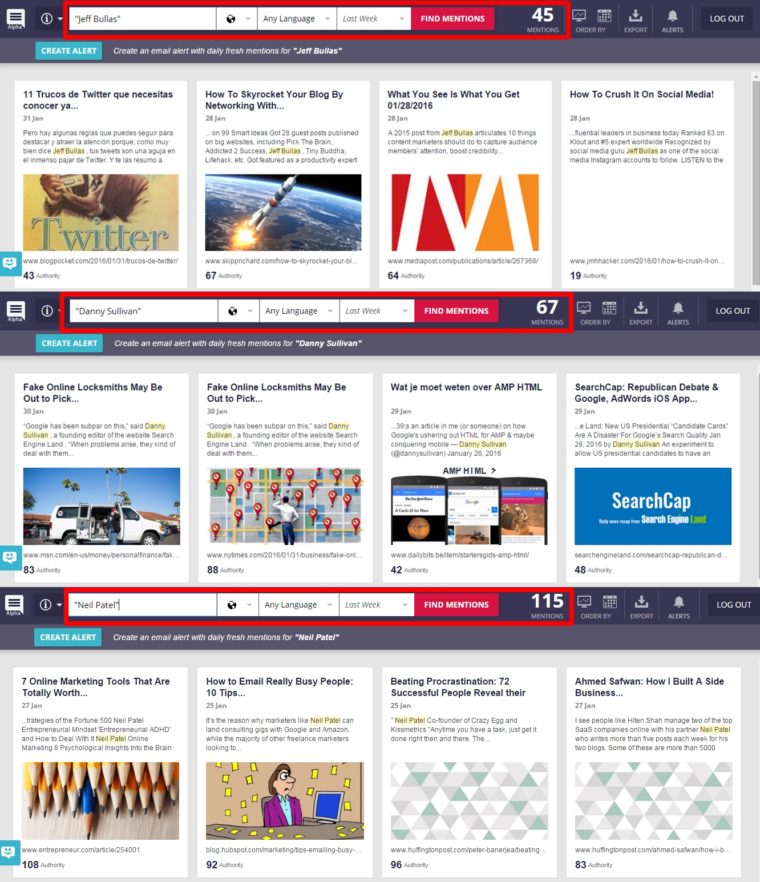
How can a mention tool help you? By deciding who’s really an influencer. With mention monitoring you can cover social media as well as regular websites and blog posts. It can, thus, tell you, with a bit of research, who might be the best people to contact in terms of attracting attention and visitors.
Is it a good technique for a start-up? This was definitely a bold move, one guaranteed to attract attention, but the reason it may have worked so well is partly because Will already knew those people, or at the very least they knew about him. This is a move that works best when you already have some social capital and want to stand out from the crowd. But in order to do that, you need to be in the crowd to begin with. So it’s probably a move best reserved for when you’ve already moved up in the world a bit.
Conclusion
In your outreach endeavor you need to remember that there no such thing as a “success recipe” . What you need to take into consideration if you are a start up that there are techniques that might work better for you than others. There are a lot of great outreach examples out there you can get inspired from, however, the important thing is to see what works best for you and how you can use all the resources you have in the most efficient way.

 Site Explorer
Site Explorer Keyword tool
Keyword tool Google Algorithm Changes
Google Algorithm Changes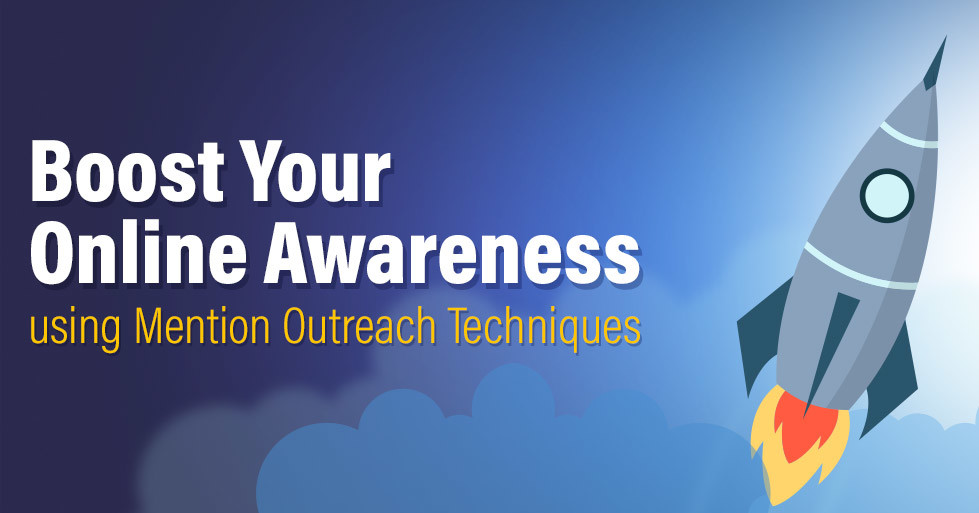


Great post Cornelia,
to resume would say that the key is to know those people who mentioned or which seek to collaborate. Some will call it social engineering, but I think it is simpler than that. It’s called empathy.
A greeting!
Thanks, Ruben!
Glad you found it useful. Empathy might be helpful, indeed 🙂
Great article Cornelia, I think I might outsource this outreaching process to a VA (Virtual Assistant), this seems like it would take a while to implement.
Jonathan,
Glad you found the article useful.
regarding the outreaching process, that could actually be an interesting idea 😉